China’s Ban on Weird Architecture May Mean No More Big Pants or Giant Lotuses
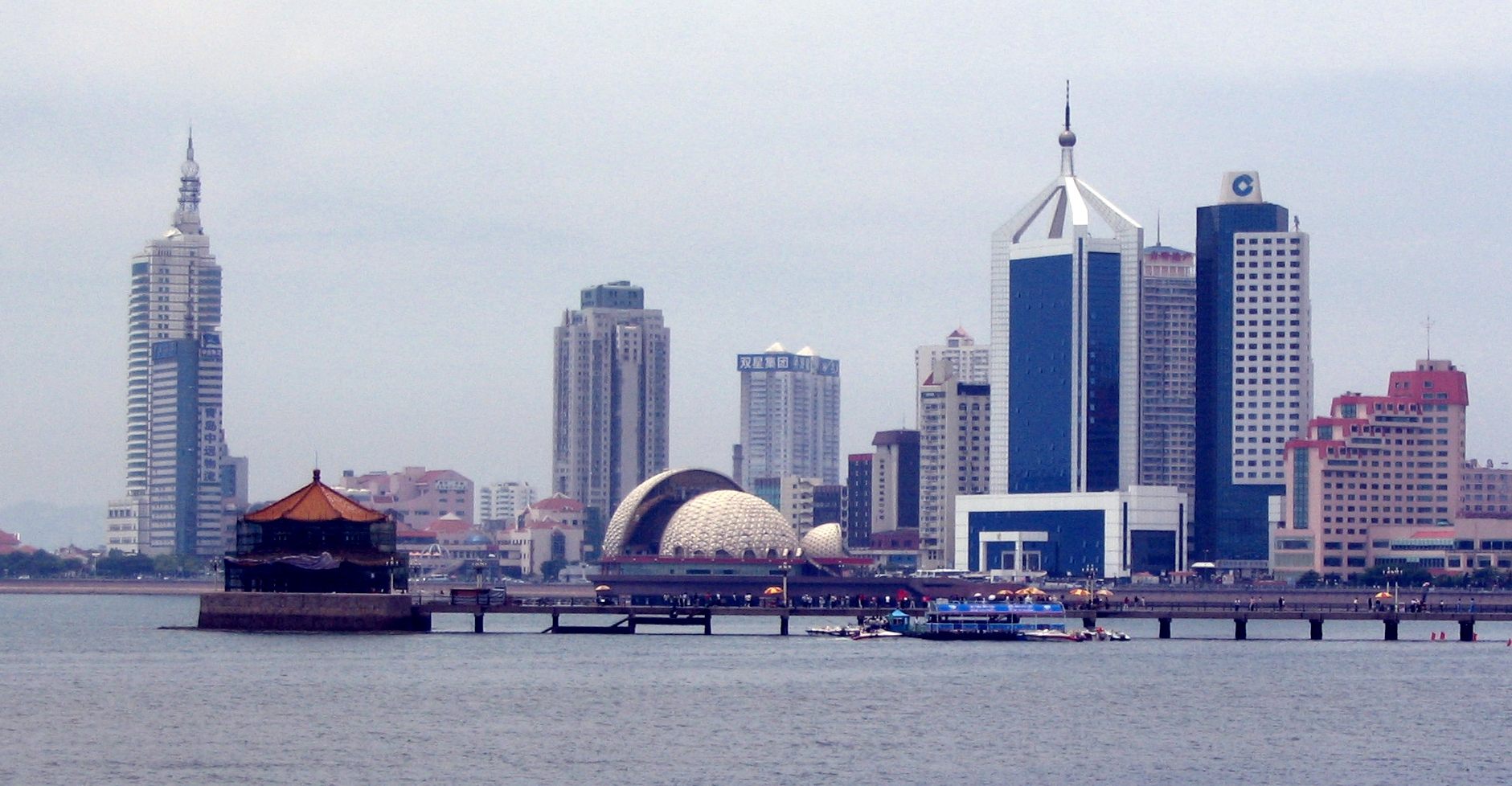
The Zhan Qiao pier in Qingdzo sports a panoply of out-there architecture. (Photo: M. Weitzel/WikiCommons CC BY-SA 2.5)
For the past couple of decades, fans of kooky architecture have kept an eye on China, where an economic boom has caused major cities like Shanghai and Beijing to sprout enormous, strangely shaped structures.
But this era may be coming to an end. This past Sunday, two months after a high-level urban planning meeting, the central government released a directive decreeing that new buildings be “suitable, economic, green, and pleasing to the eye,” rather than “oversized, xenocentric, [and] weird,” the South China Morning Post reports.
The opalescent Lotus building Wujin Lotus Conference Center by #Studio505, Wujin, China. http://t.co/K7mYUnQDZL pic.twitter.com/QVAAmkFysK
— Nicolas-P. Basàbôsé (@MrBasabose) May 9, 2015
There are strange buildings all over the world, but China’s penchant for offbeat shapes and supersizing has made its various skylines more and more worthy of double takes. It has also opened the country to a certain amount of ridicule: various Chinese copies of foreign landmarks have inspired international side-eye, and the bulbous top of the former People’s Daily building garnered enough comparisons to a particular part of the male anatomy that the government eventually started censoring them.
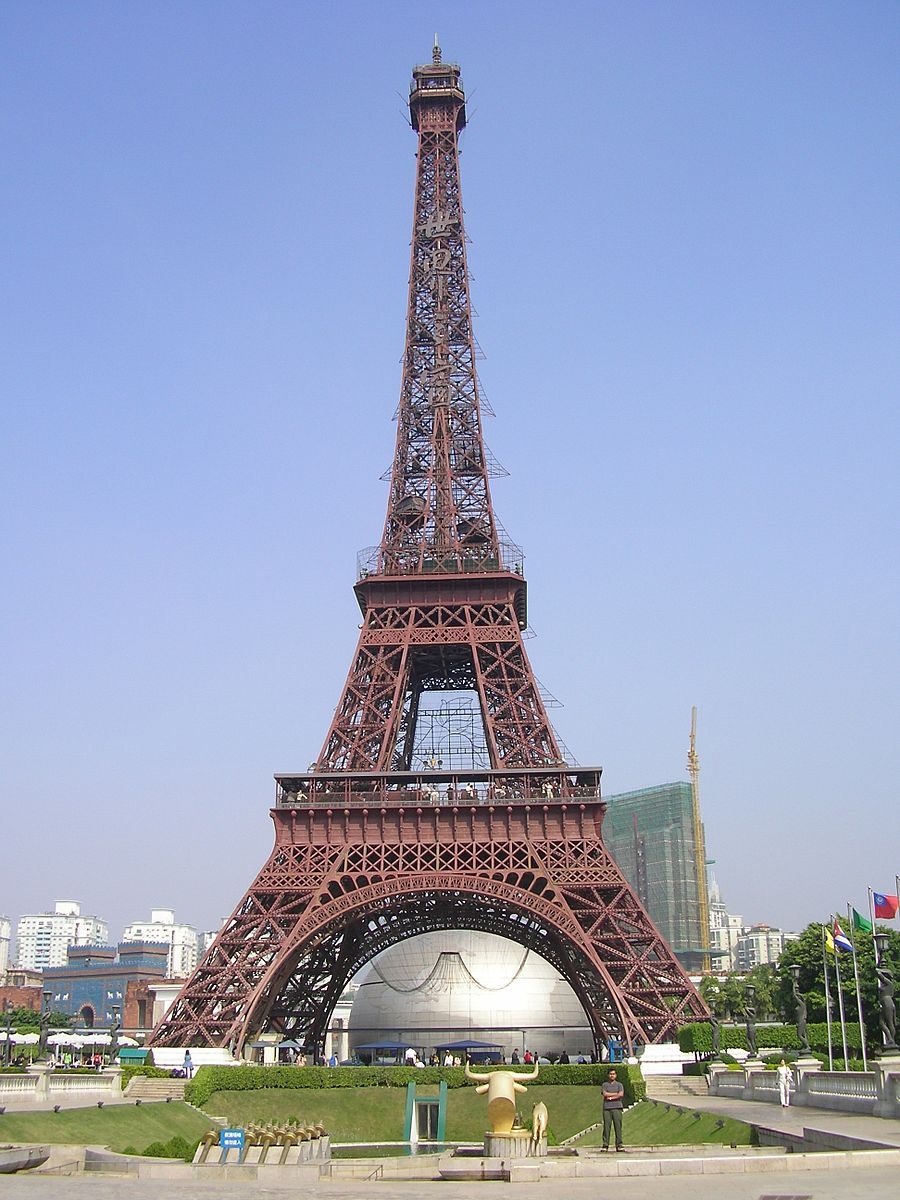
Shenzhen’s faux Eiffel Tower looms over the rest of the Window of the World theme park. (Photo: Arman Aziz/WikiCommons CC BY-SA 3.0)
This official oddness embargo follows President Xi Jinping’s plea, in October 2014, that the country rethink its architectural style. Art, he said, should “inspire minds, warm hearts, cultivate taste, and clean up undesirable work styles,” and should “be like sunshine from the blue sky and the breeze in spring,” the Wall Street Journal reported at the time.
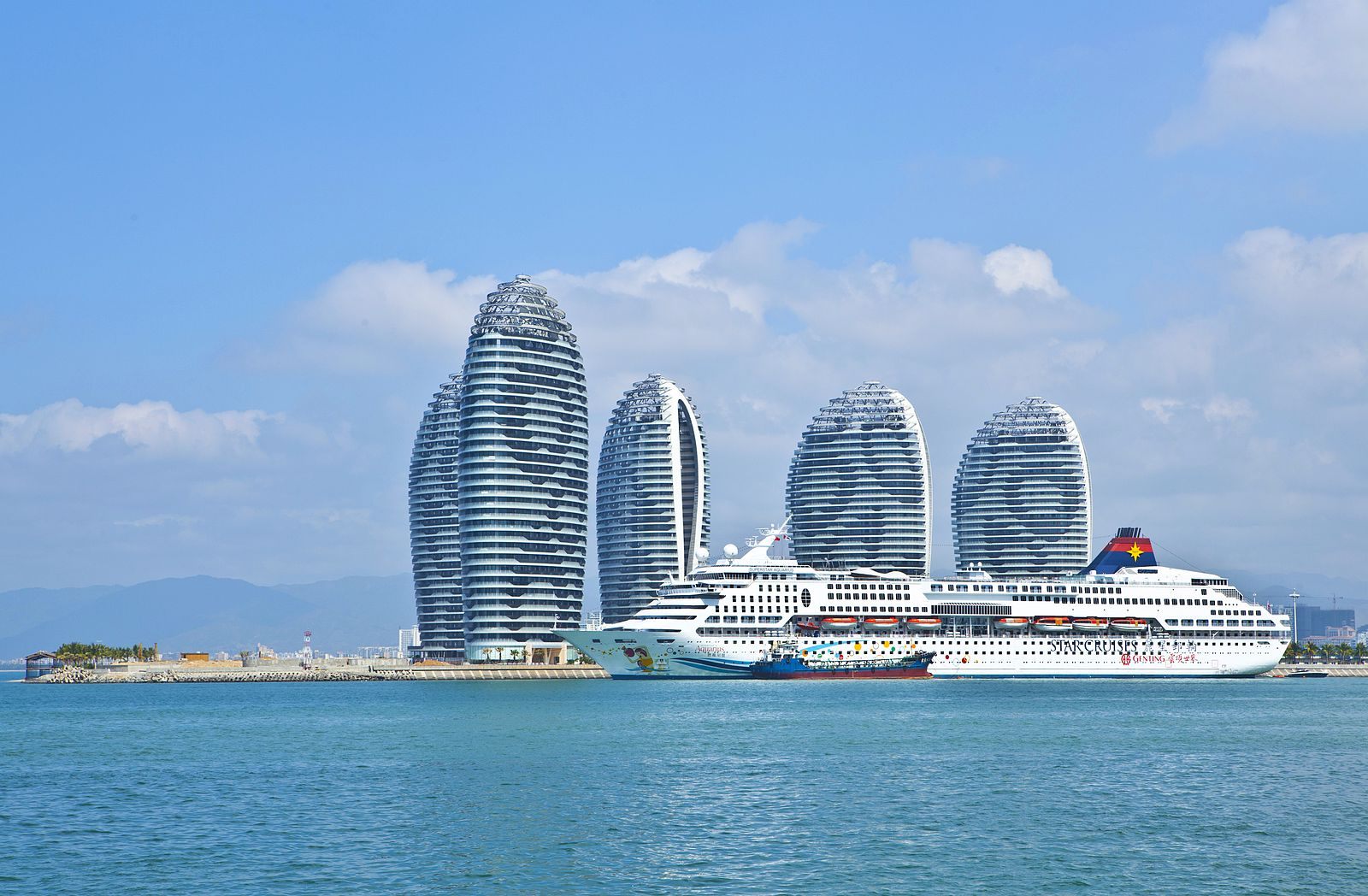
Luxury residential units on Phoenix Island, an artificial archipelago in Hainan Province. (Image: Anna Frodesiak/WikiCommons CC0 1.0)
President Xi went on to call out Beijing’s CCTV Headquarters, which has been nicknamed “Big Pants,” as an example of something that does not fit this criteria.
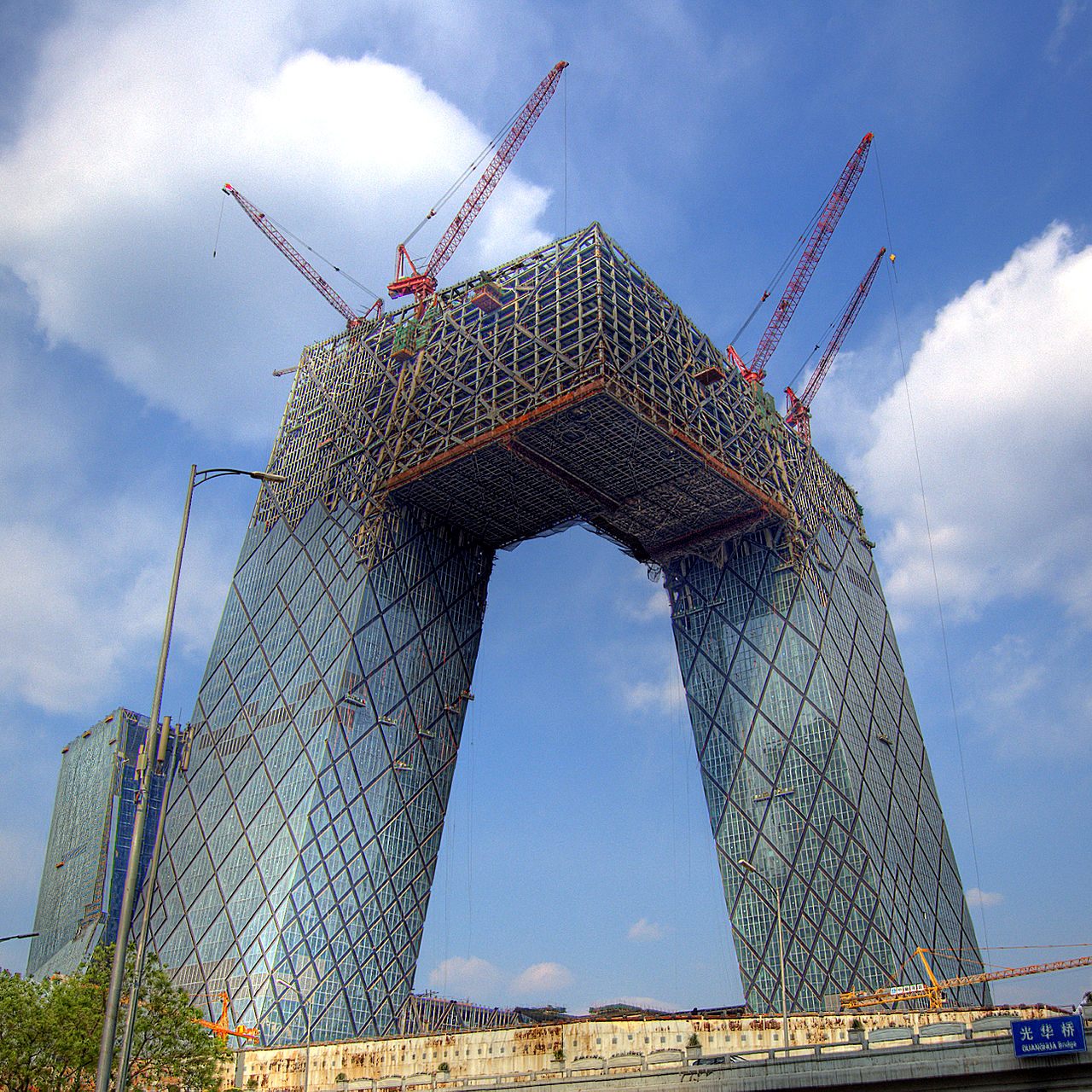
Beijing’s CCTV Headquarters, aka “Big Pants,” under construction in 2008. (Photo: Jakob Montrasio/Flickr)
Some living in the shadows of these structural chimeras will likely welcome this news. After the President’s entreaty, architecture database Architizer surveyed Chinese citizens about their feelings on the bizarre buildings. “There’s been a trend in which cities try to build weird buildings in order to attract attention, and this has wasted taxpayers’ money,” said interior designer Maggie Wang.

Guangzhou Circle, aka “The Big Coin,” home to the Guangdong Plastic Exchange. (Photo: Eager/Flickr)
Business owner Ice Tang added “there are way too many new buildings with nobody living in them,” while editor and translator Luo Ye pointed out that many of these buildings—such as 2012’s sleek and bulbous Galaxy SOHO Complex, by Iraqi-British architect Zaha Hadid, which drew local ire when it won a major architecture award—are designed by foreign “starchitects,” without thought for the cultural and environmental context in which they will appear.

2012’s divisive Galaxy SOHO Complex, designed by a foreign starchitect. (Photo: Amazingloong/WikiCommons CC BY-SA 3.0)
Others, though, consider the weird buildings creative, unique, and diverse, and may mourn the end of a weird era. “People look at their phones too much,” business owner Quianru “Martino” Chen told Architizer. “It’s time to build more eye-catching architecture… to get people involved in the real world.”
“Cell Phone Building” calling attention in Kunming. pic.twitter.com/xohJGBuv94
— Neela Eyunni (@neelaeyunni) November 17, 2013
Still others shared President Xi’s opinions, but disagreed with his method of expressing them. “The big penis, the big coin, the big underpants, the big vagina, etc… They’re all inarguably weird and ugly,” writer and director Goodspeed Kwuich told Architizer—but, he said, “the government is in no place to tell people what is weird and what is not.”
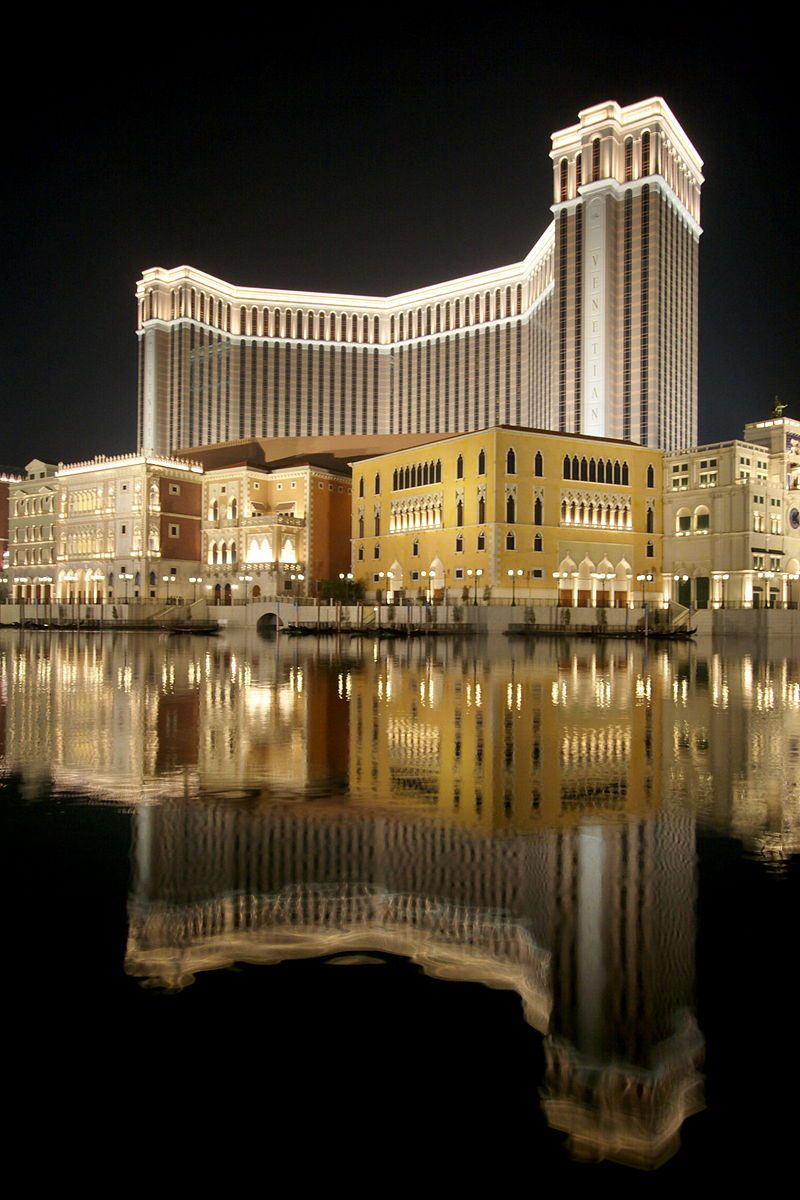
The Venetian Hotel, built in 2007, dwarfs its neighbors in Macau. (Photo: Jimmy Yao/WikiCommons CC BY-SA 2.0)
With this new mandate in place, the question of what, exactly, is too crazy to pass muster remains open. Liu Shilin, head of Shanghai Jiao Tong University’s Institute of Urban Science, told SCMP he predicted this announcement would be followed up by a “set of criteria to define ‘weird’ architecture.” Until then, we’ll have to judge for ourselves.
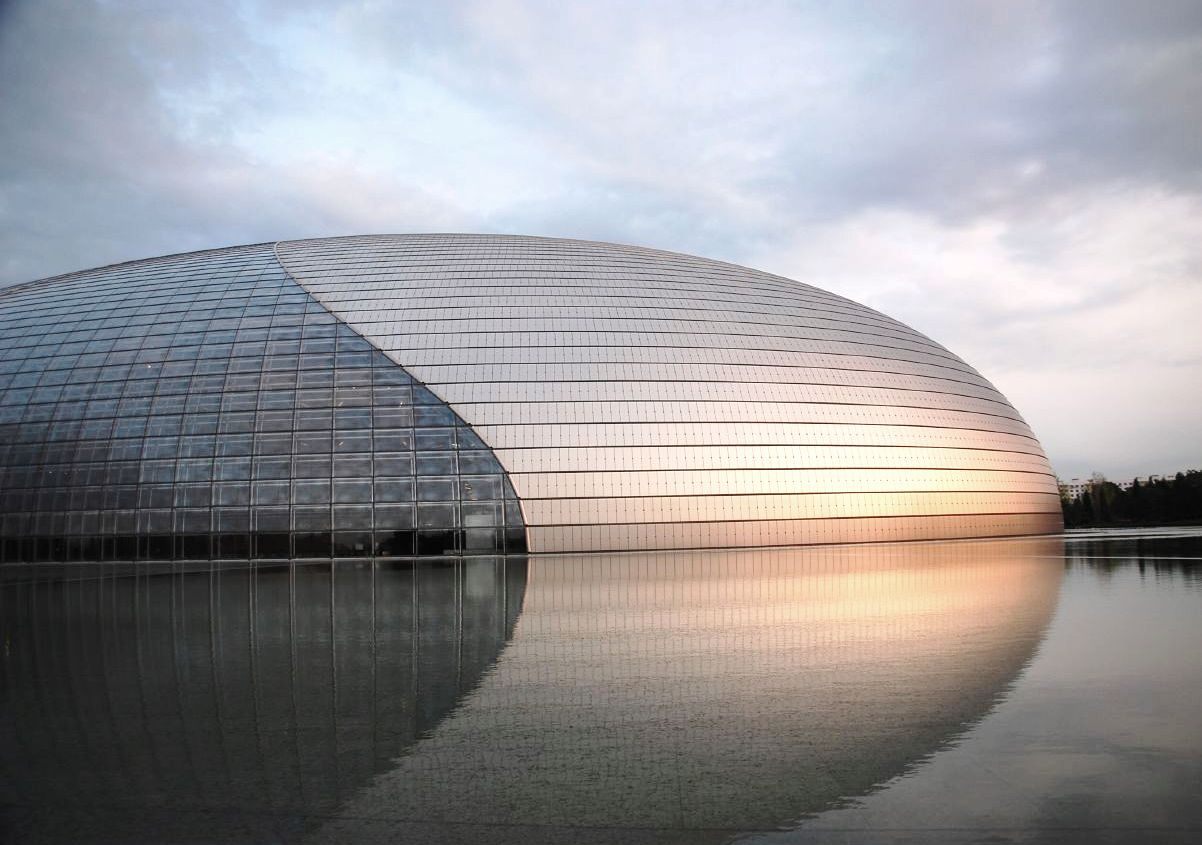
The National Centre for the Performing Arts in Beijing, finished in 2007. (Photo: Vera & Jean-Christophe/Flickr)
Piano House in China has a glass violin at the entrance & open top acts as canopy for the roof. #WorldArchitecture pic.twitter.com/WbYnsHu6yQ
— Magicbricks Now (@MagicbricksNow) February 2, 2016

The horseshoe-shaped Sheraton in Huzhou. (Photo: 井浩泽/WikiCommons CC BY-SA 3.0)
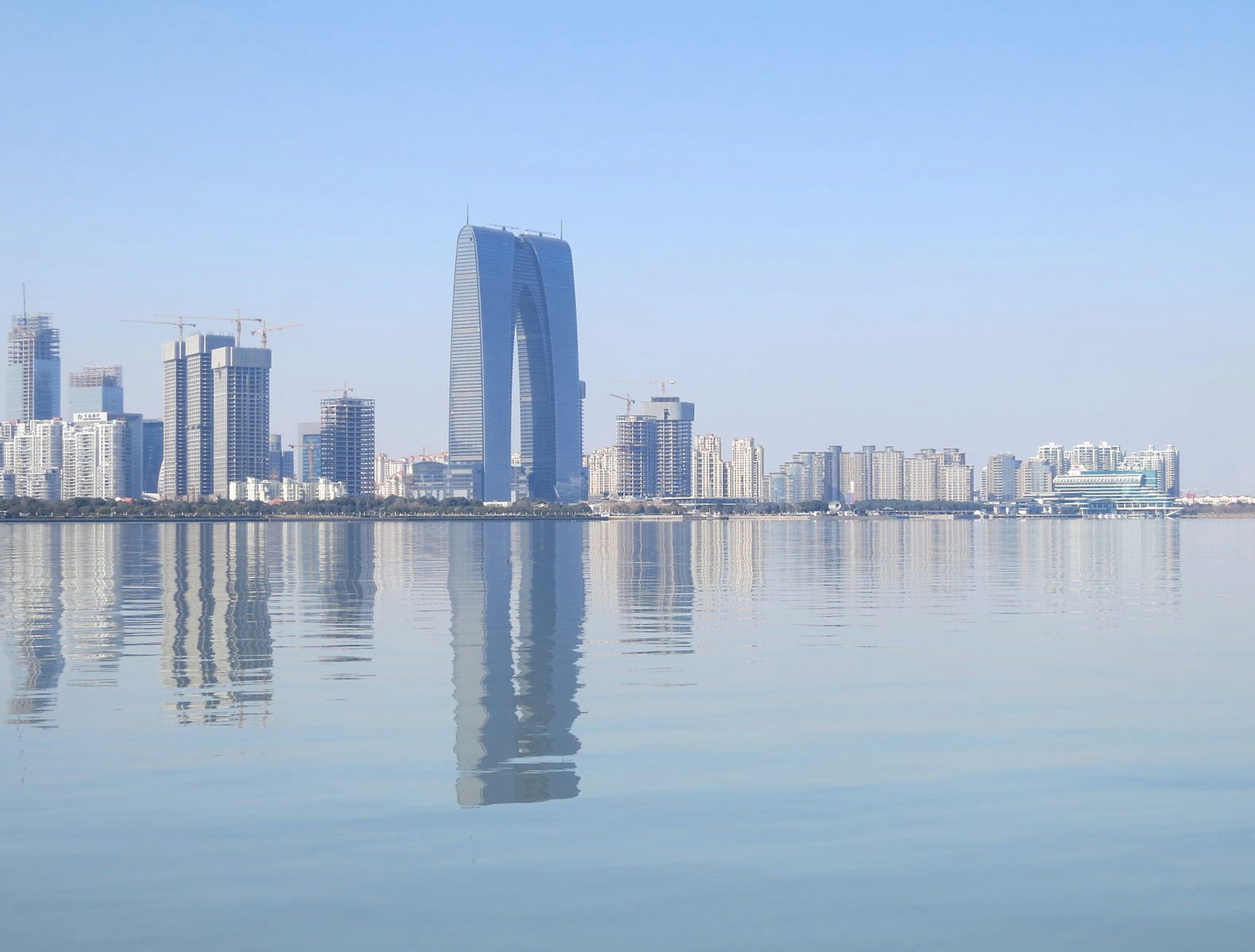
Another pair of “Big Pants,” this time comprising the Gate of the Orient in Suzhou Industrial Park. (Photo: Christian Gänshirt/WikiCommons CC BY-SA 4.0)

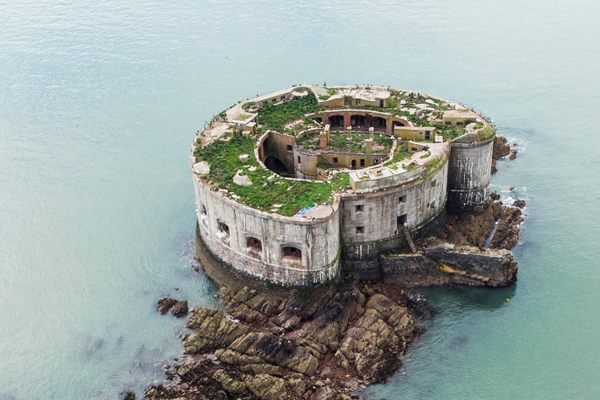














Follow us on Twitter to get the latest on the world's hidden wonders.
Like us on Facebook to get the latest on the world's hidden wonders.
Follow us on Twitter Like us on Facebook